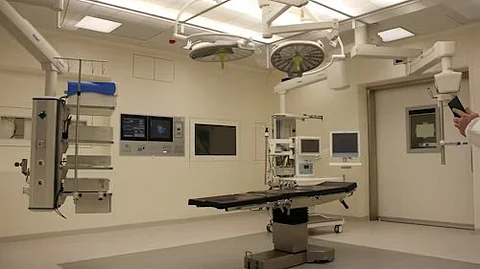

Delhi's healthcare system is facing significant challenges, with patients waiting up to 36-40 months for an MRI and 7-8 months for a CT scan diagnostic tests at Lok Nayak Hospital's OPD. The situation is equally dire at other government hospitals, with Indira Gandhi Hospital having a wait time of 30-45 days and Lal Bahadur Shastri Hospital at 45 days.
According to an affidavit filed, this backlog is not limited to Lok Nayak Hospital, as GIPMER has a wait time of 16 months for an MRI and Acharya Shree Bhikshu Hospital has a wait time of just one day for an X-Ray.
Key Wait Times:
Lok Nayak Hospital:
MRI: 36-40 months (OPD), 20-30 days (ward)
CT Scan: 7-8 months (OPD), 10-12 days (IPD)
The current budget of Rs 4,200 crore is not adequate to ensure available beds for patients
Sharat Kumar, Deputy Health Secretary
Hospitals in Delhi are grappling with numerous challenges that significantly impact their ability to provide quality healthcare services. One of the primary concerns is overcrowding, resulting from a substantial patient influx that exceeds the available infrastructure. This leads to insufficient resources, and prolonged wait times.
Patients often wait months for diagnostic tests, such as MRIs and CT scans. This not only affects patient outcomes but also increases the risk of complications. The Delhi government recognizes the need to expand the city's health infrastructure and is exploring public-private partnerships to address the issue.
A proposal to purchase 20 CT scan, 12 MRI, and 52 ultrasonography machines has been put up for approval, and the government is considering outsourcing radiological services.
Reasons Behind the Backlog:
Insufficient infrastructure
Limited resources
Inadequate budget allocation (Rs 4,200 crore)
Growing patient population
The government acknowledges that the current budget of Rs 4,200 crore is inadequate to ensure available beds for patients. They are exploring possibilities to make up for the deficiency in the next financial year, including considering a public-private partnership model for upcoming hospitals.
(Input From Various Sources)
(Rehash/Neha Kamble/MSM)
